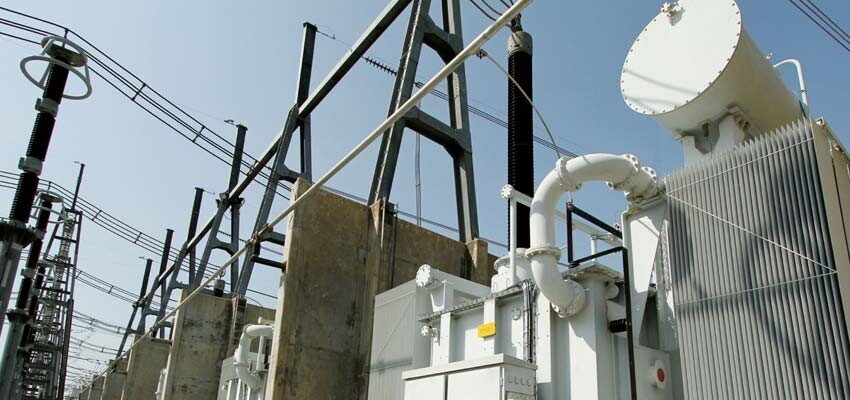
Simulation of switching overvoltages of 400 kV shunt reactor
Abstract Bam 400/132 kV substation in Kerman region, Iran, has a 50 MVAR shunt reactor on 400 kV busbar which is grounded through a 128...
byAsghar Barghandan and Behzad Sedaghat

Abstract
Bam 400/132 kV substation in Kerman region, Iran, has a 50 MVAR shunt reactor on 400 kV busbar which is grounded through a 128 kVAR neutral reactor. The neutral earthing reactor assists in interrupting line to ground arcing current when switching for clearing a line to ground arcing fault, but the switching of shunt reactor which is grounded through a neutral reactor can impose a more severe duty on the circuit breakers than switching a solidly grounded shunt reactor. While opening shunt reactor, transient phenomena, such as chopping overvoltages and reignition overvoltage/overcurrents can occur. These overvoltages/currents can put circuit breakers, reactors and other equipment in danger. In this paper, the Bam substation’s equipment such as electrical circuits and associated equipment will be modelled in transient mode using EMTDC/PSCAD software. The arc behaviour and excessive voltage caused by the switching will be analysed. Finally, three methods including controlled switching, using surge arrester and a disconnecting switch across the neutral earthing reactor for mitigating these overvoltages will be compared.
Keywords: shunt reactor, neutral reactor, chopping current, switching overvoltage, controlled switching
1. Introduction
In power systems, shunt reactors are applied to control the reactive power and voltage profile on the transmission lines. Shunt reactors which are grounded through neutral reactors are unique to extra high voltage (EHV) systems (generally, systems with voltage level above 345 kV can be called EHV systems). Such schemes are applied to achieve better single pole fault clearing of line to ground faults and therefore assist in successful reclosing. The switching of such reactor schemes is a combination of the directly grounded and ungrounded reactor cases [1]. Shunt reactor switching imposes a unique and severe duty on the connected system and the circuit breaker. Particularly, switching shunt reactors grounded through neutral reactor are more severe than solidly grounded shunt reactors [2]. In these cases, the current to be interrupted is generally less than 300 A, but the interruption of these currents can result in significant overvoltages [1]. Inspection of the circuit breakers after field service has shown that interrupters have been subjected to excessive transient recovery (even higher than type test values) and damaged [3].
1.1 Chopping current overvoltages
During opening of the circuit breaker (CB) at the instant of chopping current, an amount of energy is trapped in the load side. This trapped energy will oscillate between inductance and stray capacitance of the load (reactor) and create overvoltage as (1). The frequency of oscillating voltage is between 1 to 5 kHz and evenly distributed across the winding of the reactor [1].

Where, L is inductance of reactor in Henry, C is load side capacitance in Farad, Ich is amplitude of current chopping in amperes, Vo is the reactor voltage at the moment of current chopping, and Vm is the magnitude of chopping current voltage in volts [1].
1.2 Reignition overvoltages The recovery voltage across the circuit breaker terminals is created after the current interruption. The peak of this recovery voltage is equal to the peak of chopping current overvoltage plus the peak of source side voltage. If the circuit breaker has had sufficient dielectric strength, it does not reignite at this point, then arc is extinguished successfully. But, if the instant of contact parting is such that the contact gap does not yet have sufficient dielectric strength to withstand the voltage appearing across the breaker contacts, then a reignition will occur [1]. When a reignition occurs, the load side voltage rapidly tends towards the source side voltage and produces an overshoot – in other words, a reignition overvoltage. Such voltage breakdowns (at the reignition instant) create steep transient voltages that are imposed on reactors. The front time of waves varies from less than one microsecond to several microseconds and may be unevenly distributed across the reactor winding. So these steep fronted transient voltages are stressing the entrance turns in particular with high inter-turn overvoltages [1].







